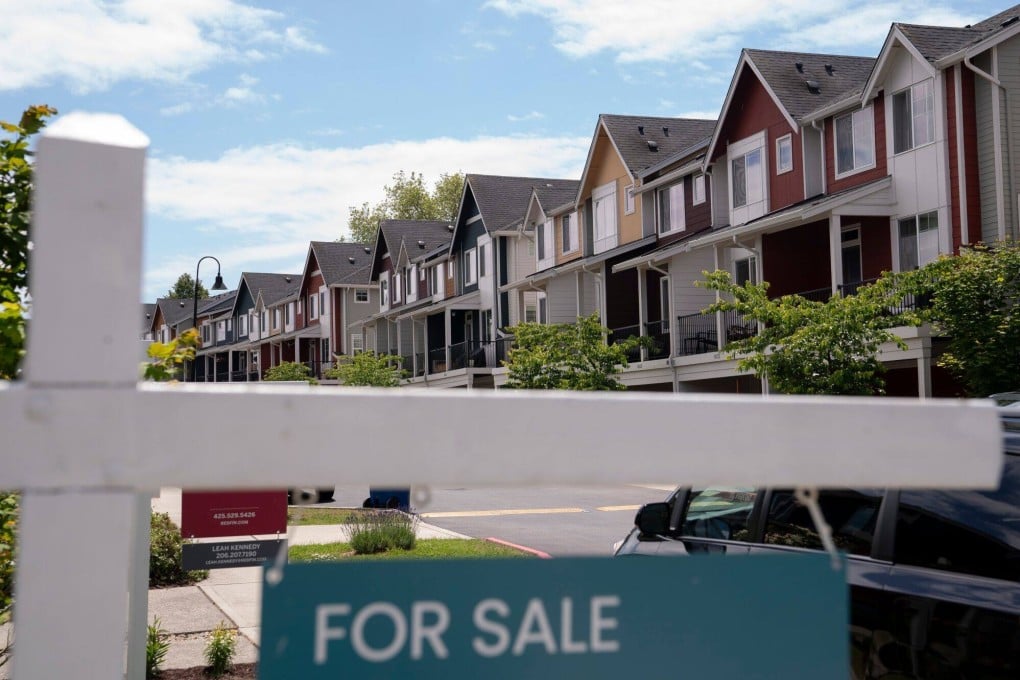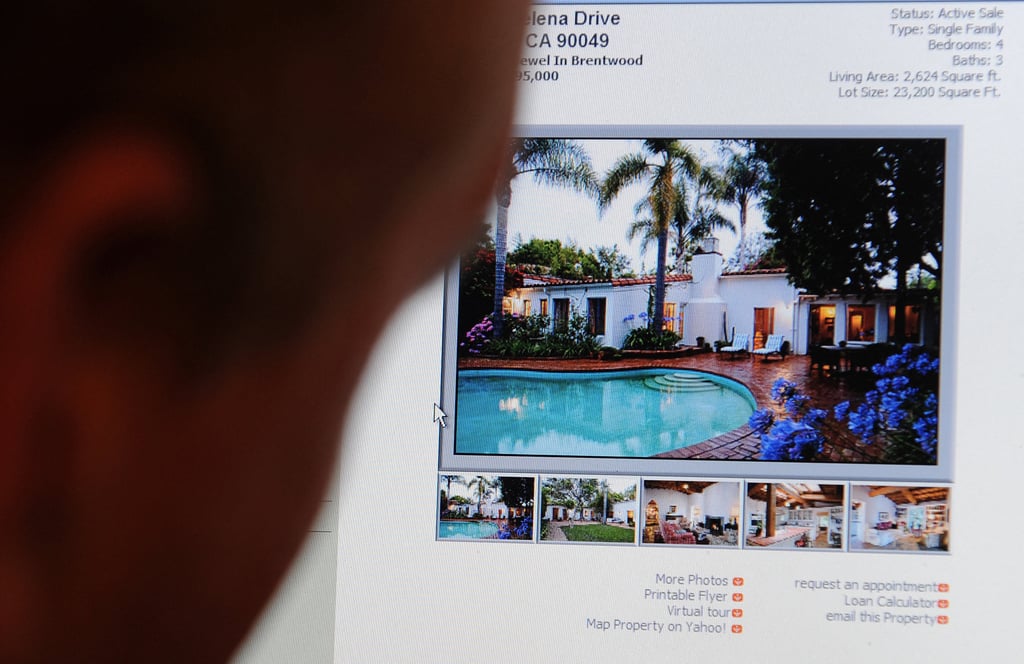Chinese top buyers of US property for 11th year, but Canadians dominate volume
- Demand for US homes from Chinese buyers affected by a strong dollar and higher prices, which caused investments to slump by over 40 per cent year on year

The Chinese were the top foreign buyers of US residential property for an 11th straight year, but their investment dropped more than 40 per cent from a year earlier, according to the US National Association of Realtors (NAR).
The Chinese spent US$7.5 billion on US homes in the 12 months to March 2024, compared with US$13 billion in the year-earlier period, the NAR data showed. The association, which has 1.5 million members, groups buyers from the mainland, Hong Kong and Taiwan as Chinese.
Overall, foreigners accounted for 2 per cent of the US$2.1 trillion existing US residential market, according to NAR.
In terms of volume, Canadians topped the charts, snapping up 7,100 residential units. The Chinese acquired 6,000 homes in the same period, 45 per cent fewer than the 11,000 bought a year earlier.

The strong US dollar makes US homes much more expensive for foreigners, said Lawrence Yun, the chief economist at NAR. “Therefore, it’s not surprising to see a pullback in US home sales from foreign buyers.”